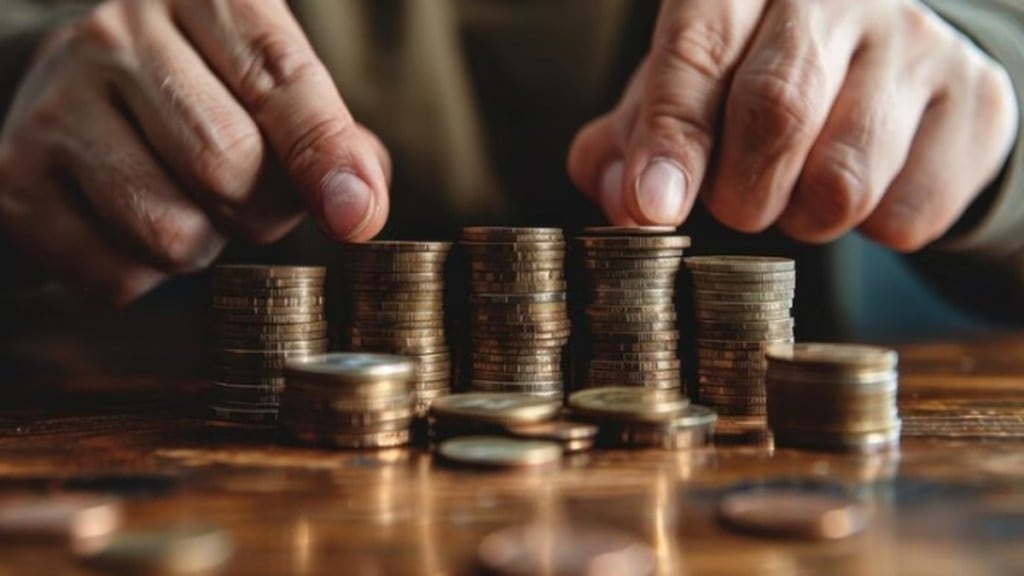By Anmol Agarwal
In 1924, John Maynard Keynes wrote an obituary for his teacher Alfred Marshall, the eminent British economist.In his essay, Keynes points to an interesting paradox. On the one hand, economics is an easy subject compared to philosophy and pure science. On the other hand, competent economists are “the rarest of birds”. How is it that the easy economics results in few good economists?
According to Keynes, it is because a master-economist must possess a rare combination of talents and gifts. In widely quoted lines, Keynes stated that a master-economist must be “mathematician, historian, statesman, philosopher — in some degree” and also “understand symbols and speak in words”. The master-economist is also expected to dabble in the historical evolution of institutions and give directions for the future. Further, the master-economist should be “as aloof and incorruptible as an artist, yet sometimes as near the earth as a politician”. It is almost that a master-economist is a superhero with multiple qualities and Marshall was one such superhero.
Marshall shaped the marginalist school of economics used in microeconomics textbooks today. In fact, Marshall’s Principles of Economics was the textbook used by generations of economists before being replaced by Paul Samuelson. Marshall also wrote on economics of industries, money and credit, and welfare economics. He was also key to starting The Economic Journal and the Royal Economic Society.
What made Marshall a master-economist? Keynes wrote that Marshall was a master-economist due to his “mixed training and divided nature”. Unlike today when economics is a specialised subject of its own, back then one studied economics as part of political economy and philosophy. So, one got a breadth of training. In fact, it was Marshall who made economics a separate discipline within the University of Cambridge.
Marshall was also a very influential teacher who shaped many stalwart economists such as Keynes and Arthur Cecil Pigou. Keynes is considered an all-time great economist who fit his own words on Marshall really well. With his book The General Theory of Employment, Interest and Money, Keynes shaped the field of macroeconomics. Keynes also worked as an economic adviser to the British government during the two World Wars. Pigou was an equally adroit economist who wrote on how externalities lead to market failures. Pigou’s ideas have become central in designing green economy by taxing negative externalities such as carbon emissions and subsidising positive externalities such as green energy.
The first half of the 20th century had several master-economists. Vilfredo Pareto developed the concept of Pareto efficiency, a situation where resources are allocated in such a way that no further improvements can be made. Joseph Schumpeter said capitalism thrives because of creative destruction where new ideas replace the old. Ludwig Von Mises shaped the Austrian school of economic thought, arguing for economic liberty and free markets. Piero Sraffa and Joan Robinson pioneered thinking on monopolistic competition.
These master-economists also wore multiple hats. Pareto was as much a sociologist as an economist. Keynes dabbled in maths and arts at the same time. Schumpeter was a finance minister and also ran a bank.
Post-World War II, Keynesian macroeconomics became the rage. It argued for the role of the state in stabilising business cycles. Master-economists such as Samuelson and John Hicks supported Keynesian economics, whereas Milton Friedman and Friedrich Hayek opposed it. Kenneth Arrow conceptualised Léon Walras’ general equilibrium, whereas Amartya Sen brought back the philosophical foundations of economics. The list is endless.
Why did we see so many master-economists in that period? One reason could be that the period was highly eventful with financial crises, a pandemic, and two World Wars. It also saw the rise of socialism as a challenger to capitalism for organising the economic system. The multiple events and the rise of marginalism brought many thinkers to the fore.
A hundred years later, where are the master-economists today? While there are economists all around, they are hardly as impactful as earlier ones. One way to explain the absence of master-economists is that the world economy does not suffer from similar issues. But this is not true as similar events were witnessed in early 20th and 21st centuries: financial crises, pandemic, wars, and so on. The 20th century also saw the shift of global power from the UK to the US, and 21st century is questioning US hegemony. Christine Lagarde, the European Central Bank president, noted in a recent speech that there were two parallels between the 1920s and 2020s: setback in global trade integration, and technological progress. Both parallels pose deep questions for our future.
So, what explains the absence of master-economists? One strong reason is that in the last 100 years, economics has divided itself into super specialised sub-fields with heavy maths orientation and very limited scope for interdisciplinary thinking. Ironically, it was Marshall who drew economics out of the shadows of politics and philosophy and which has narrowed economics’ scope of inquiry. Obviously, Marshall would not have liked to see how economics has turned out in the last 100 years. While time will tell how historians will assess this period, the world economy will be better off with master-economists of Marshallian qualities to help us navigate through the manifold events of today.
(The author is faculty member, Ahmedabad University)
Disclaimer: Views expressed are personal and do not reflect the official position or policy of FinancialExpress.com. Reproducing this content without permission is prohibited.

